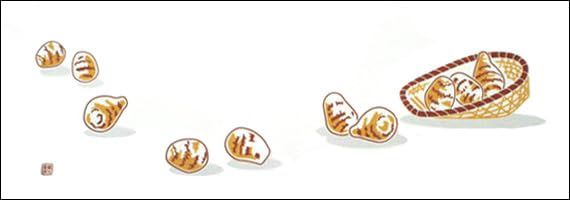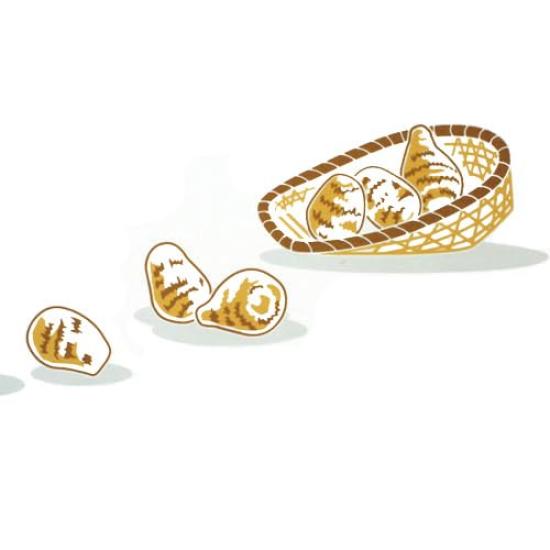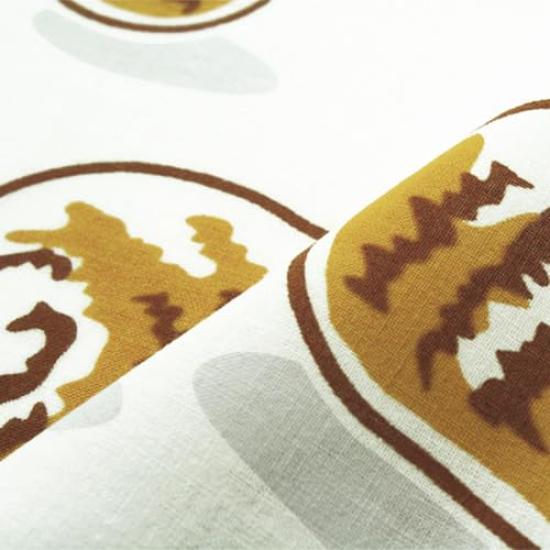----------------------------------------------------------------------
【Cautions for using electrical products】
When using electrical appliances, please note that the voltage is different from that of Japan, which may cause malfunctions.
Since the plug type is Japan type(A or B type), please check the voltage and use a transformer.
Please note that a transformer is different from a conversion adapter.
We are not responsible for malfunctions caused by use without a transformer.
【Voltage Compatibility】
When using electrical appliances, please note that they are designed for Japanese voltage specifications (90-110V), so if you use them with a different voltage, it may cause a malfunction.
【Plug Type】
Our products use Japanese plug types (A or B type).
Please use a conversion adapter if necessary.
【Important Note on Transformers and Adapters】
A transformer adjusts voltage to match your device’s requirements.
A conversion adapter only changes the plug shape and does not adjust voltage.
Using only a conversion adapter without a transformer may result in damage to the product.
【Liability】
We are not responsible for malfunctions or damages caused by improper use, such as operating the product without a transformer.
----------------------------------------------------------------------
This simple design features taro, a familiar ingredient in Japanese cuisine. It has white space, like a Japanese painting. Because taro is harvested around the time of the harvest moon, it is sometimes used as an offering for moon viewing. Furthermore, because it produces many baby potatoes, it is considered an auspicious food that prays for the prosperity of descendants.
This is a Tokuoka fabric made in Japan using high-quality Chita cotton.
Like traditional tenugui towels, both ends are left uncut.
It can be enjoyed as interior décor by hanging it on a hanging rod or in a frame. It is also suitable as a kendo towel as it is 100cm long.
Please note that the color on your monitor may differ from the actual color.
This design celebrates the season of "Keichitsu," when flowers and animals sense the faint hint of spring and come to life. The three colored circles depict the drama of the time of Keiichitsu, such as animals waking up from hibernation in the bright sunlight, flowers beginning to bloom, and buds sprouting. The circles represent the brown of "winter," the yellow-green of "awakening," and the yellow of "light." This piece is perfect for the start of spring, where you can gain energy from the vitality of animals and nature.


































